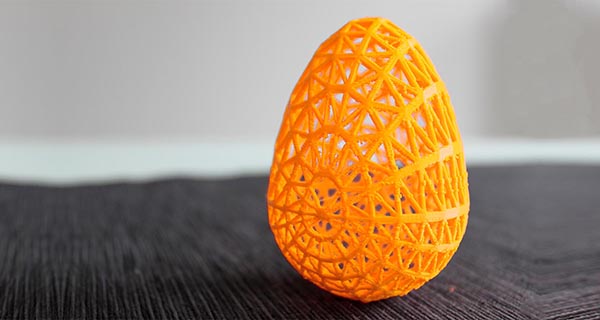If you want to make a mold quickly, Rapid Tooling is the technique to employ. It combines rapid prototyping with standard tooling procedures. In addition, when compared to typical manufacturing techniques, this technology may be used to manufacture portions of a model from CAD data in less time and at a lower cost than previous methods. When it comes to injection molded components, rapid tooling is the method of choice.
Applications:
With injection molding, it is feasible to produce prototypes in a short period and low- to high-volume manufacturing. A large number of components are produced in large quantities using this method. Injection molding is used to create products such as Lego bricks, bottle caps, and medical needles.

3D printing products*
Are You Able To Explain How It Operates?
When it comes to injection molding, the three most important components are the injection molding machine itself, raw plastic, and machined mold. During the manufacturing process of an essential plastic item in an injection molding machine, the plastic is melted and injected into a mold, where it cools and hardens to form the finished product. Once the component has cooled, it is removed, and the assembly is done.
- Known variously as prototype tooling, soft tooling, or rapid tooling, this process is essentially a stripped-down injection molding machine that allows you to get components quickly and at a reasonable cost.
- The distinction between idea and implementation is critical since there are various ways that may be used to attain the same aims.
- Generally speaking, it refers to any type of injection mold tooling that may be produced rapidly and inexpensively to enable component testing and validation before investing in production tooling and equipment.
- Anything that can assist you in achieving this goal may be utilized to realization.
Many different reasons motivate people to create rapid tooling, the most frequent of which is testing and validating parts at the prototype stage of new product development. Even though other prototyping processes such as 3D printing, CNC, or vacuum casting would generally result in faster and less costly prototypes, rapid tooling has a unique advantage in terms of technique and materials over these other approaches.
The Materials
The use of accurate production material grades in rapid tooling provides a far more precise picture of how the parts will perform in real-world applications, as well as the ability to test and confirm your material decisions. It is also possible to have parts injection molded in the same manner as they would be in production, allowing you to use them for stress and impact testing, such as detecting any weak places due to weld lines or other injection molding defects such as shrink and warping. Based on the data provided, you may more accurately determine whether or not modifications are necessary before investing in expensive production tooling.
Last Words
Rapid tooling is also used to test production settings and ensure that components will fill correctly and operate as intended once they have been manufactured. Many potentially complex processes may be identified in this manner, and redesigns or other procedures can be done to avoid complications with the end goods.
